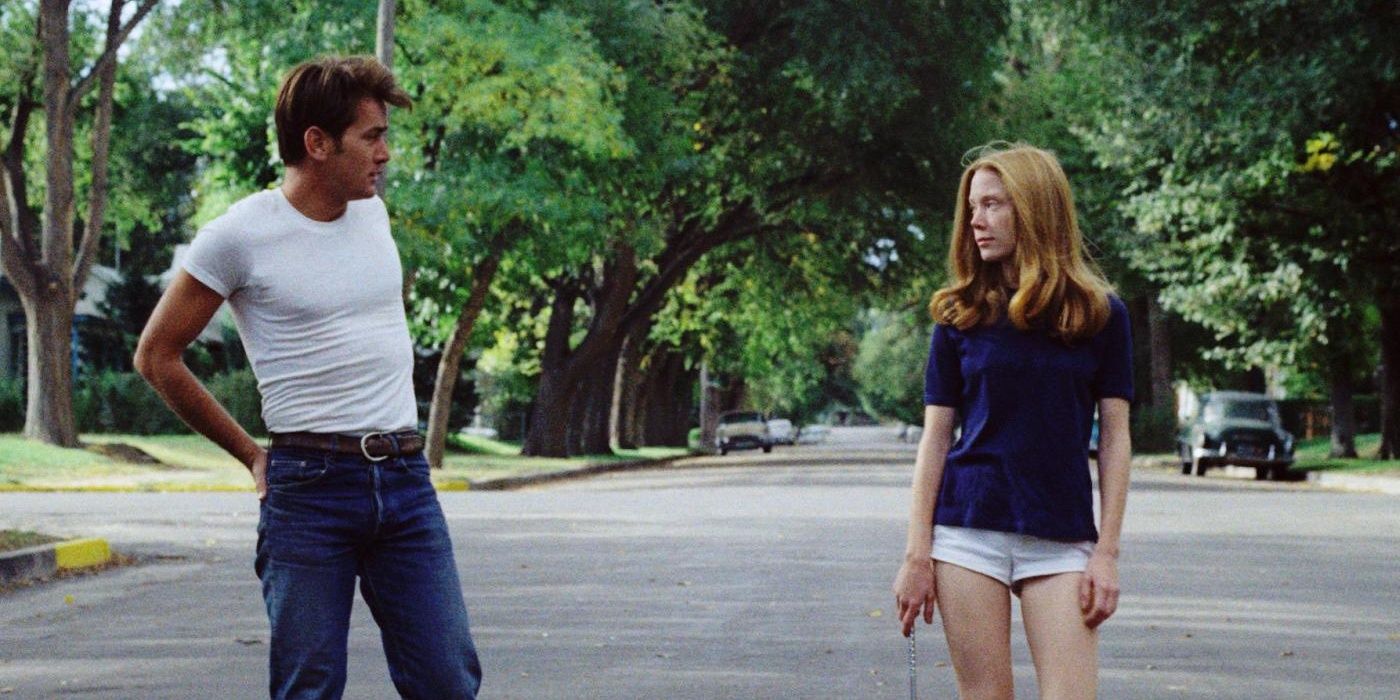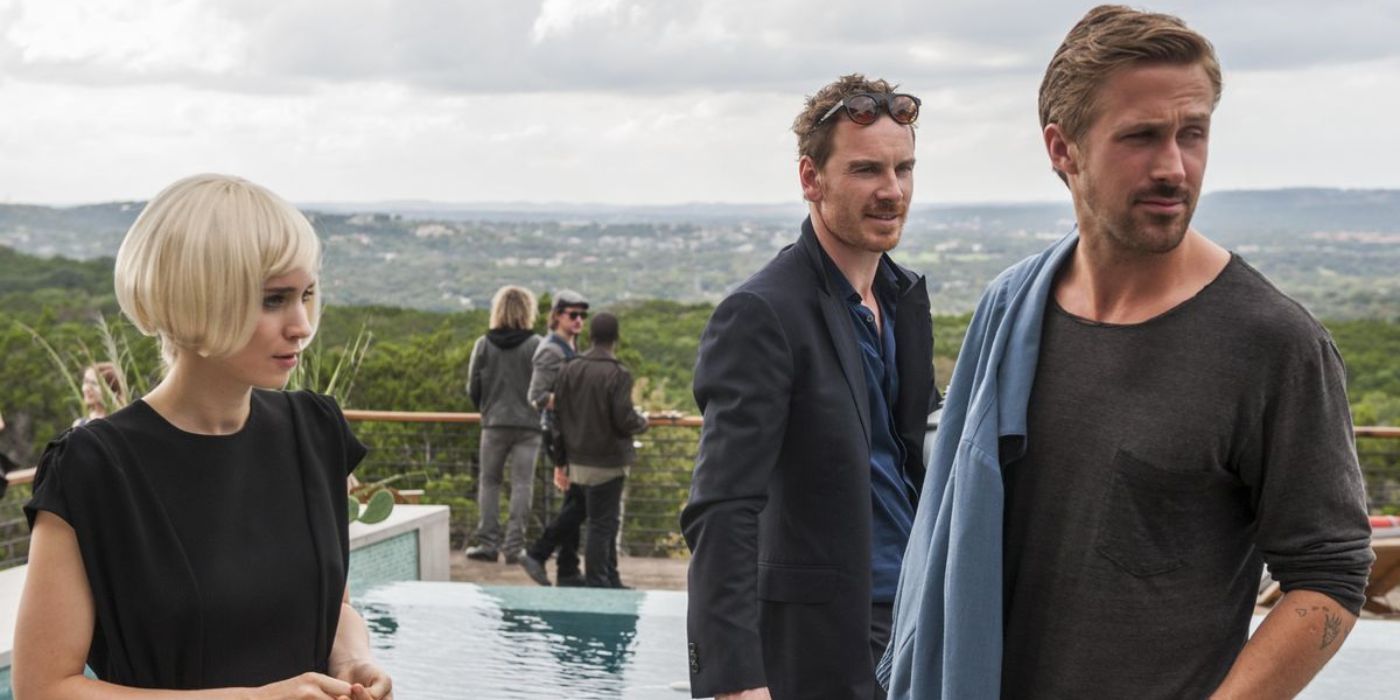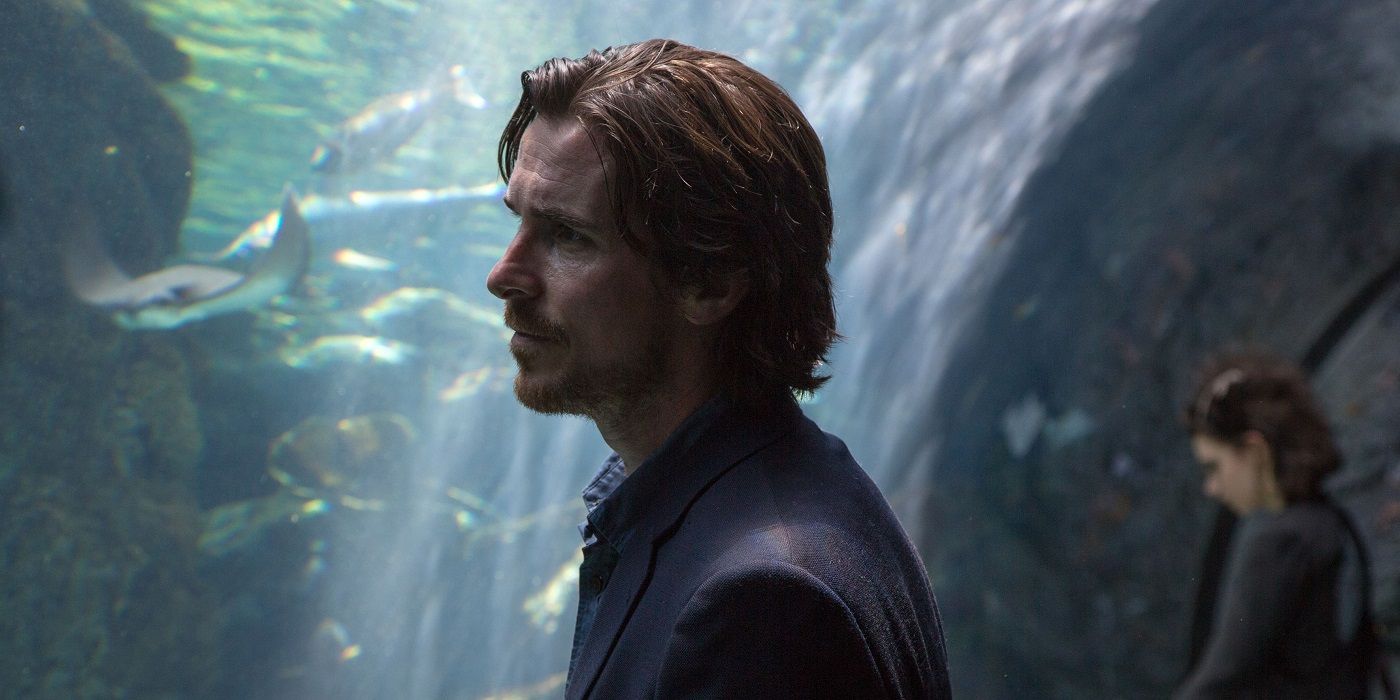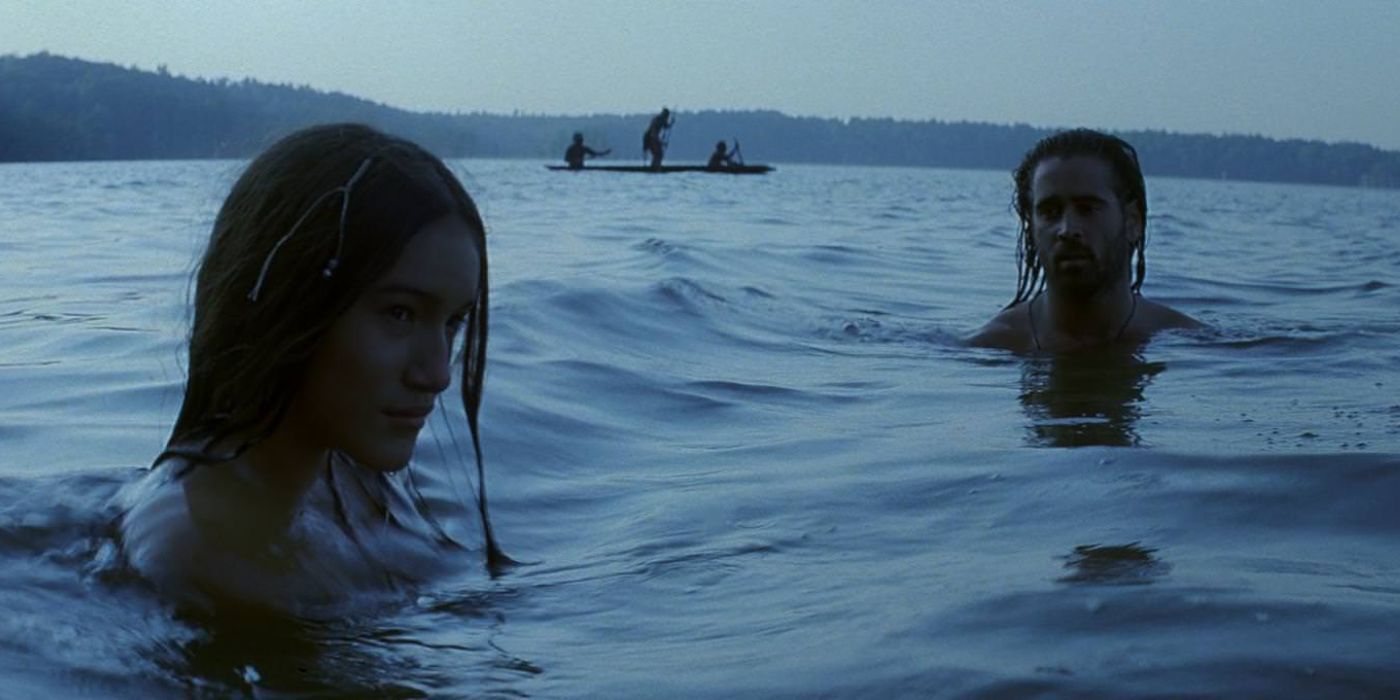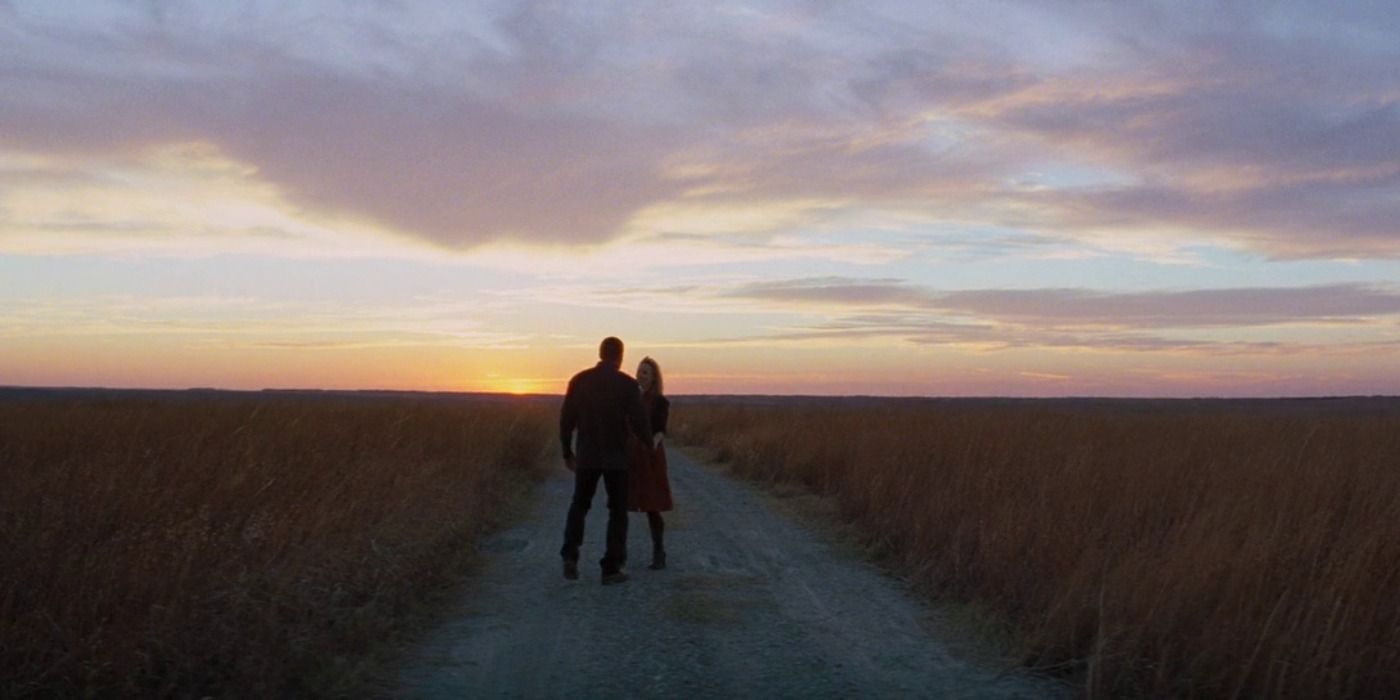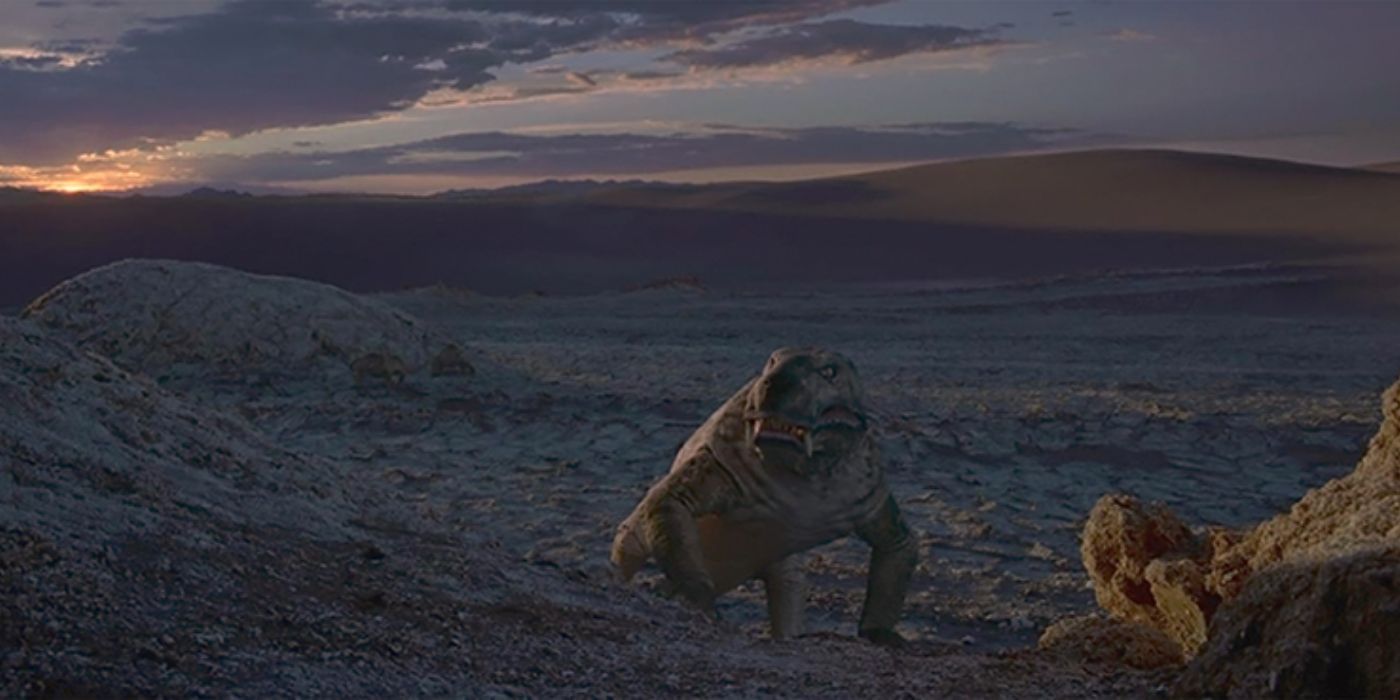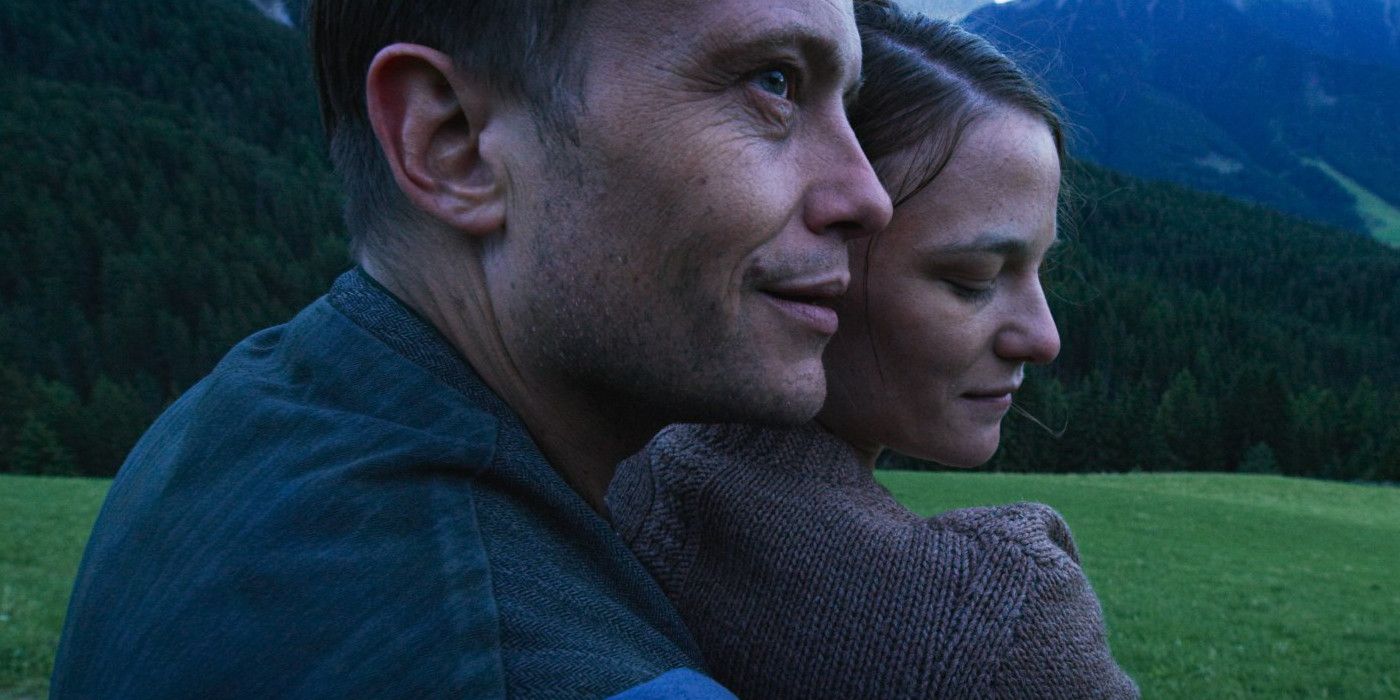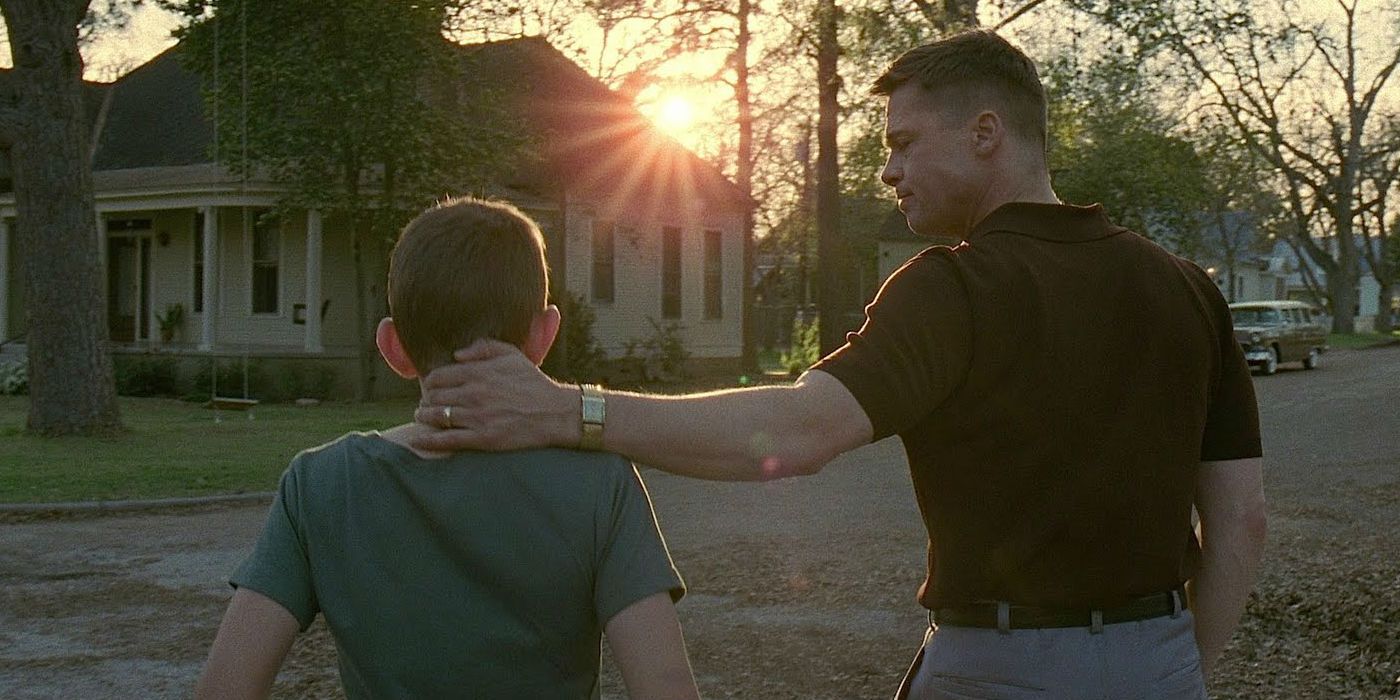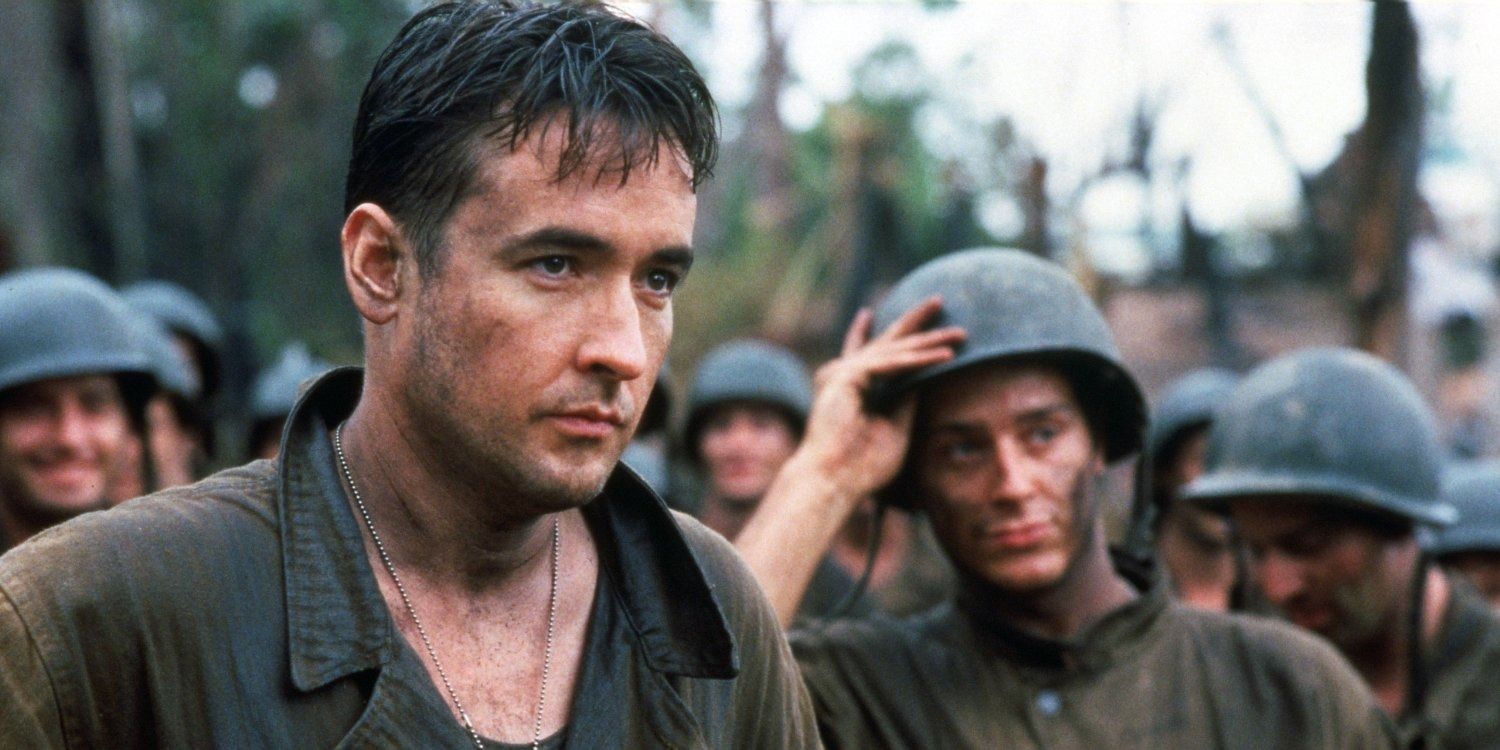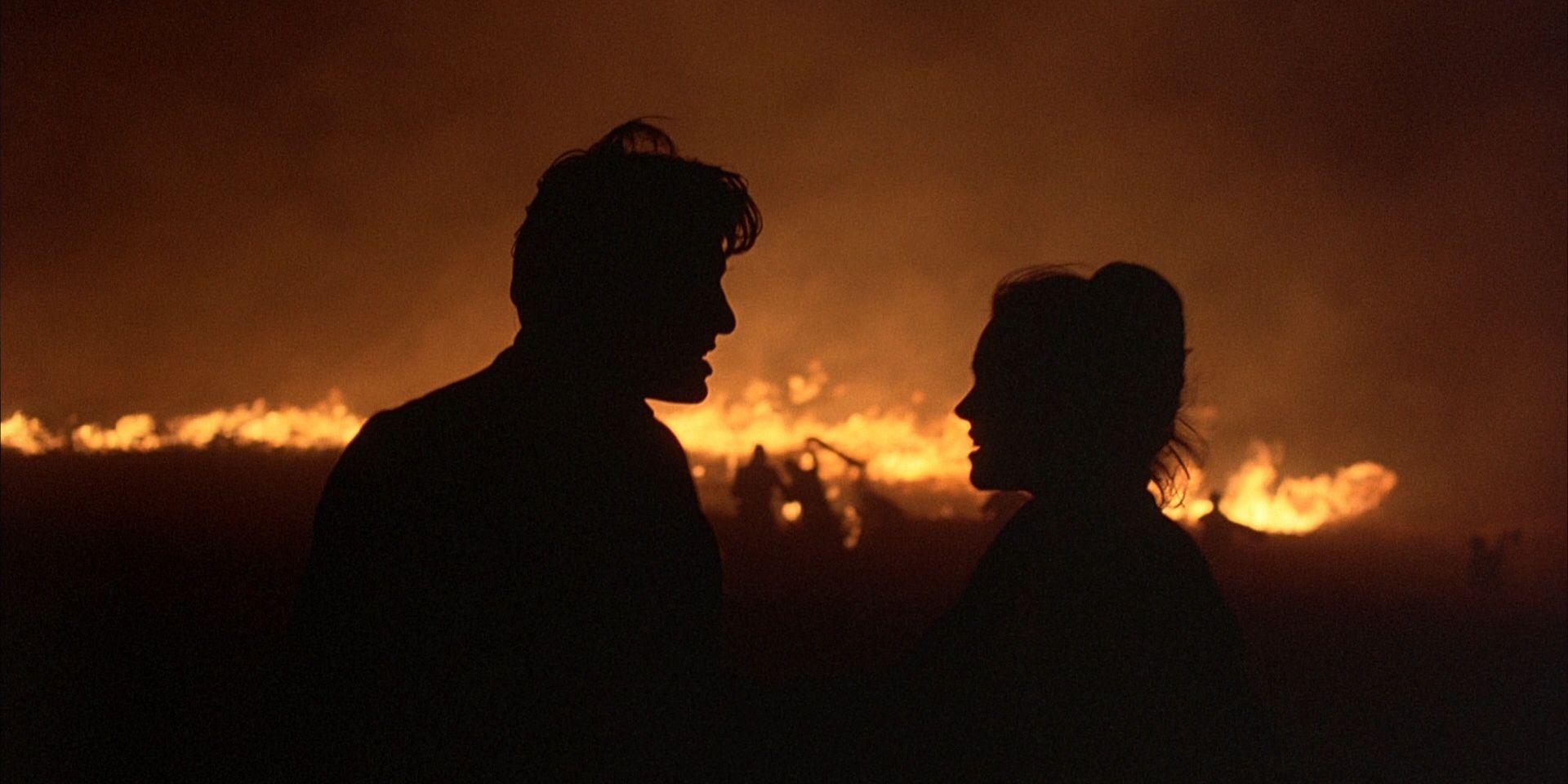Terrence Malick is known for filming the impossible, and his movies have a mystique to them, even though most of his filmography is dedicated to capturing the fragility of human life. While some of his stories are far from accessible, his viewers know beforehand that his movies will have some of the most beautiful images ever filmed. The distinctive cinematography of Malick's movies is an essential trademark. While he has worked with several different collaborators in the photography department, his camera always feels like it's floating among his characters, as if it's a character itself.
Terrence Malick is a Palme d'Or and Golden Bear winner but has never won an Oscar, even though he's been nominated three times. Malick is constantly reinventing himself, and both he and his movies are full of surprises. After making two highly successful movies in the 1970s, the filmmaker engaged in a 20-year hiatus before releasing The Thin Red Line in 1998. His post-2000 filmography is significantly different from his earlier work, leaning on a character study approach rather than the traditional narratives that made him so famous in the past century. Here are all Malick's movies ranked from the worst to the best.
10 Song To Song (2017)
Terrence Malick's Song to Song had quite the buzz when it was announced, as its cast includes Rooney Mara, Ryan Gosling, Michael Fassbender, and Natalie Portman. However, both critics and moviegoers ravaged the film. Its grand cast turned out to be a curse: while it ensures a myriad of spectacular performances, it brings too much attention to a story that's far from mainstream.
Song to Song, which is also Malick's lowest-ranking movie on IMDb, is a hopeless portrayal of the Austin music scene, where each character falls deep into their own existential crisis. The film is supposedly a story of love and betrayal but ultimately goes nowhere. Although Malick's intentions were precisely to depict the lives of multiple characters stuck in reverse, it fails to captivate beyond the notable performances and the usual excellent camera work.
9 Knight of Cups (2015)
Knight of Cups feels like a prelude to Song to Song, but instead of focusing on multiple characters, it follows Christian Bale as a melancholic screenwriter wandering aimlessly in Los Angeles. Although it still falls in the low critic reception period of Terrence Malick's filmography, his irreverent character study proves to be competent and realistic most of the time, exposing the decadent Hollywood landscapes that used to be so full of life and now feel more of the same. Bale's character — not one of his best roles — makes the least of everything he sees, delivering the heavy emotional charge of a man who has no purpose.
8 The New World (2005)
Decades later, The New World continues to ignite heated discussions about whether it's a white savior narrative or not. Despite Malick's best intentions, it's easy to misunderstand the film's message when the story is too self-absorbed in its period storytelling and passively portrays the well-known tragedy behind it. Set in the 17th century, The New World dramatizes the life of explorer John Smith (Colin Farrell) as he finds himself amid the brutal combat between English settlers and America's indigenous residents. The film reaches for biblical proportions and offers memorable action sequences and great performances (Smith is among Colin Farrell's best movie roles) but remains too contentious for its own good.
7 To The Wonder (2012)
To the Wonder is the movie that made viewers question where Terrence Malick was heading as a filmmaker. It's more of a film poem: characters come and go, wandering about and watching the world around them adapt to the best and worst moments of their lives. With very little dialogue and several time jumps, To the Wonder follows the lives of four characters bonded by love, longing, and melancholy. It's hit or miss most of the time, the kind of movie that only compels if it manages to grasp the viewer's attention from the get-go.
6 Voyage of Time (2016)
One of Terrence Malick's best-reviewed movies, Voyage of Time is a visual feast for fans of the director. This is his attempt to bring his distinctive trademarks to a documentary feature, and the result is a contemplative work of nonfiction. Voyage of Time celebrates the unpredictability of the universe and takes an in-depth look at the birth of life when the Earth was still setting the path for humanity to come. The documentary looks undeniably beautiful and sharp, but it also overstays its welcome.
5 A Hidden Life (2019)
Despite its long runtime, A Hidden Life was the first Malick narrative film after The Tree of Life to be received by critics with praise. The script struggles to cram all its events into a concise story, and the English dialogue can hurt the attempt to immerse the audience in the Austrian countryside, but A Hidden Life brings viewers close enough to the main character that he almost feels like a dear friend.
A Hidden Life tells the true story of Franz Jägerstätter (played by August Diehl), an ordinary Austrian farmer who refuses to join the Nazis and ultimately faces a death sentence. Jörg Widmer's floating cinematography captures simple gestures and the touch of nature that overwhelms a man in his last days. The film triumphs in its sensorial approach, opening the eyes of the audience to a world that only exists when death hangs nearby.
4 The Tree Of Life (2011)
The Tree of Life is Terrence Malick's most popular work. Its main storyline revolves around the traditional life of a family in the 1950s, during which a father (Brad Pitt) and a son (Hunter McCracken) try to come to terms with their differences. However, The Tree of Life's divisive narrative is not limited to a single time and space, as it travels back to when humanity was only an idea then switches to the present, when faces both familiar and unknown welcome the memories of a life worth living. The Tree of Life earned Malick a deserved Palme d'Or and three Oscar nominations, including one for Best Picture.
3 The Thin Red Line (1998)
The Thin Red Line clearly understands the assignment when it comes to addressing the horrors of war and the sense of partnership among men in the face of danger. Even better, it captures the relationship between man and nature when the world is falling apart. The World War II movie alternates between moments of absolute terror and the peace of finding oneself surrounded by the unpredictability of the jungle: the flora and fauna, the people who live there, etc. Malick received backlash for cutting out entire arcs from the story, but a potential director's cut of The Thin Red Line could fix that.
2 Days of Heaven (1978)
Filmed mostly under the natural light of the magic hour, the brief period between the sunset and the fall of night, Days of Heaven offers some of the most stunning visuals ever put in a movie, rightfully winning a Best Cinematography Oscar. Set in the 1910s, it follows a fugitive (Richard Gere) and his girlfriend (Brooke Adams) who pretend to be siblings as they search for work in the fields of the Texas Panhandle. Days of Heaven incorporates themes such as spirituality and holiness into America's mythology, often flirting with the fantastical despite its humanist narrative. Continuing what he started in Badlands, Malick delivers another love story grounded in violence.
1 Badlands (1973)
One of the defining movies of the 1970s, Badlands provides viewers with a delicate and raw look into the lives of two young criminals on the run, portrayed with unbelievable chemistry between Sissy Spacek and Martin Sheen, in one of his best roles. Loosely based on the shocking true story of the Starkweather-Fugate killings, Malick's debut feature doesn't try to romanticize the controversial couple, but rather humanize them despite the rage and cruelty that corrupts their souls. Structured as a road movie, Badlands is violent but charming, and through Malick's lens, the narrative regards the pain of others by inserting forgiveness in every frame of the film.

